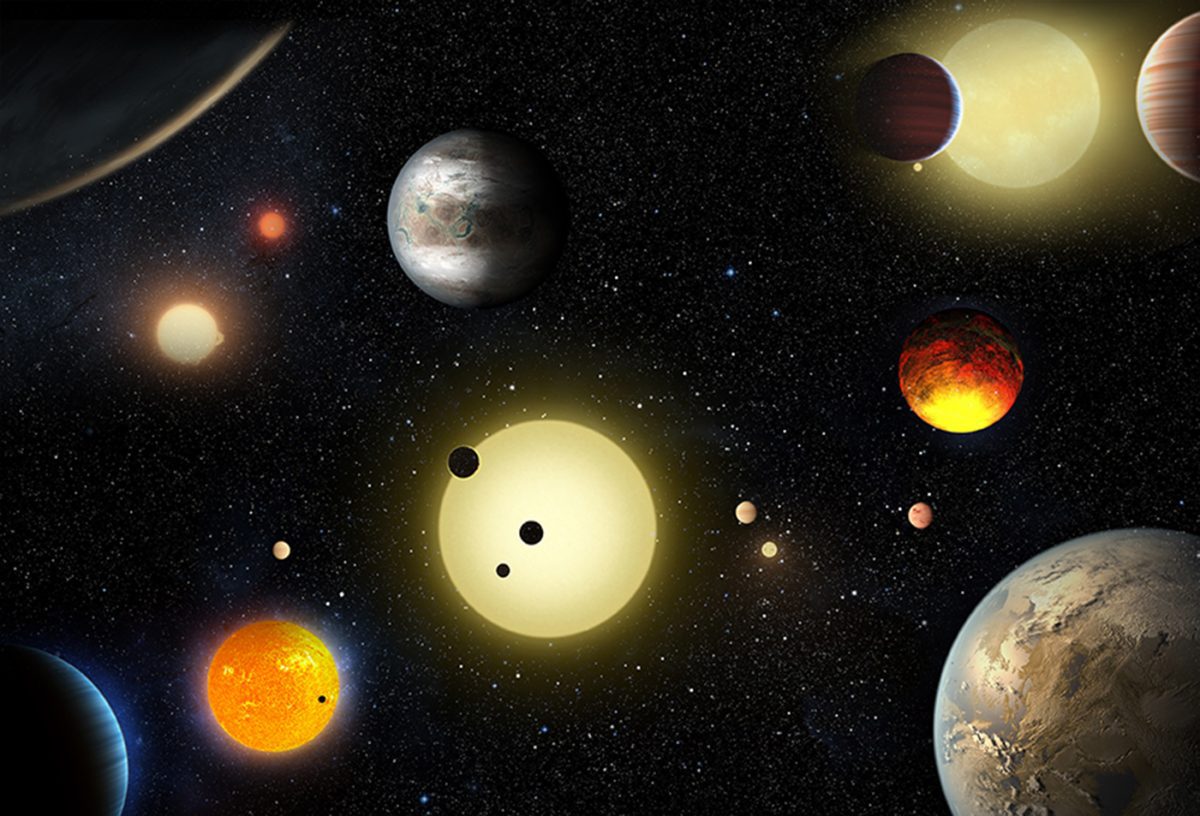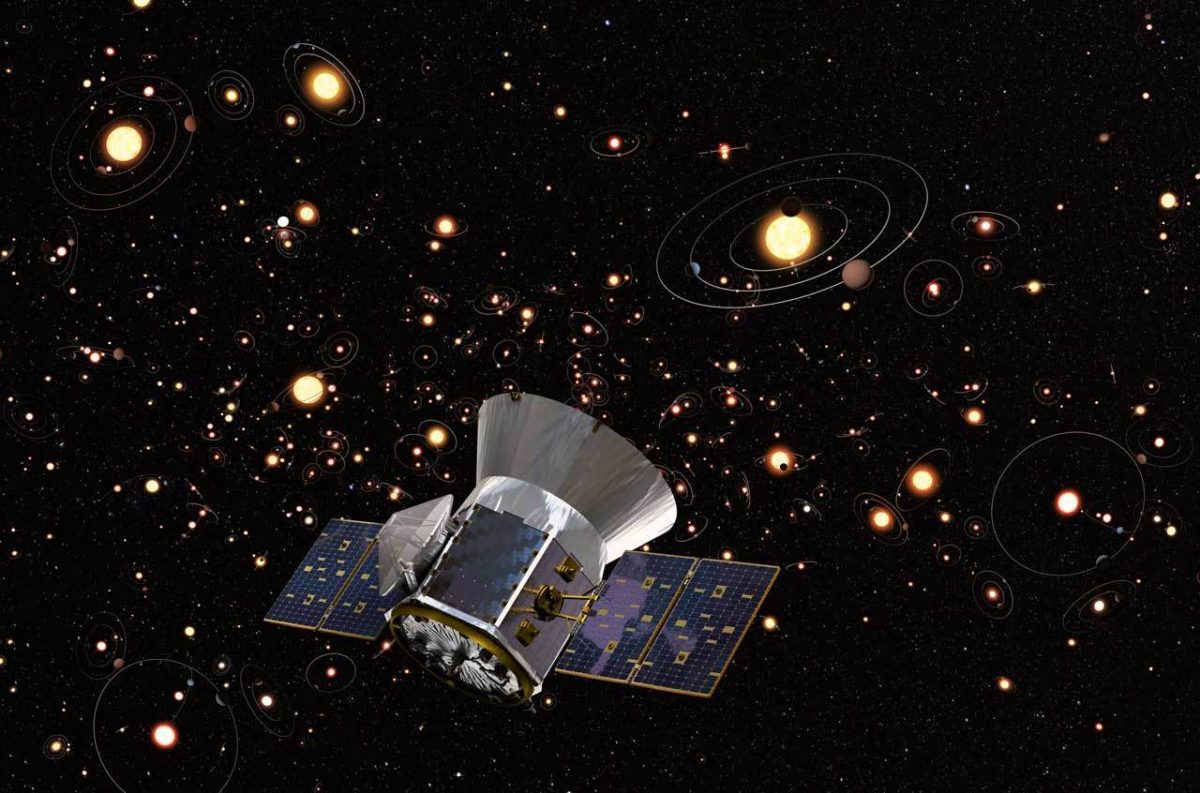South African astronomers have discovered eight new hot stars in the universe through the use the Largest Single Telescope in the Southern Hemisphere.
The discoveries came from a scientific research project led by Professor Simon Jeffrey of the Armagh Observatory in Northern Ireland and involving Professor Klaus Werner of the Institute for Astronomy and Astrophysics at the University of Tübingen.
The findings were published in a monthly journal notice of the Royal Astronomical Society. Using the largest single telescope in the southern hemisphere.
Its surface temperature is more than 100,000 degrees, the surface of the sun only reaches 5,800 degrees.


Notably, the Southern African Large Telescope (SALT) is located around 400 kilometers Northeast of Cape Town. Researchers examined data obtained from surveys of Helium-Rich hot sub-dwarfs using the telescope.
According to Werner, each newly discovered star is more than a hundred times brighter than the sun. However, unlike the Sun, which is just over eight light-minutes away, they are between 1,500 and 22,000 light-years from Earth and therefore cannot be seen with the naked eye.


One of the stars found is the central star of a newly discovered planetary nebula, one light-year in diameter. Two of the other objects are oscillating stars. “All of these stars are in a very advanced stage of their life cycle and are nearing extinction as white dwarfs,” says Klaus Werner.
In astronomy, sub-dwarfs are stars that develop into white dwarfs. “White dwarfs are roughly the size of Earth, but a million times more massive. They are the densest existing stars made of normal matter. Their direct predecessors, the so-called sub-dwarfs, are somehow larger. They contract and become white dwarfs within a few thousand years,” Werner made an explanation.
Read Also:China Launches Shenzhou-15 Spacecraft to Space Station
The co-author of the study Dr. Itumeleng Monageng from the University of Cape Town and the South African Astronomical Observatory, operator of the SALT telescope, stated that: “The purpose of the SALT survey of helium-rich hot sub-dwarfs was to explore the evolutionary paths of different types of stars in their late stages”.


Further, Simon Jeffery explained that stars with temperatures of 100,000 degrees or more are extremely rare. It was also surprising that so many such objects were found in the sky survey. These discoveries will help to better understand the late stages of stellar evolution.



























